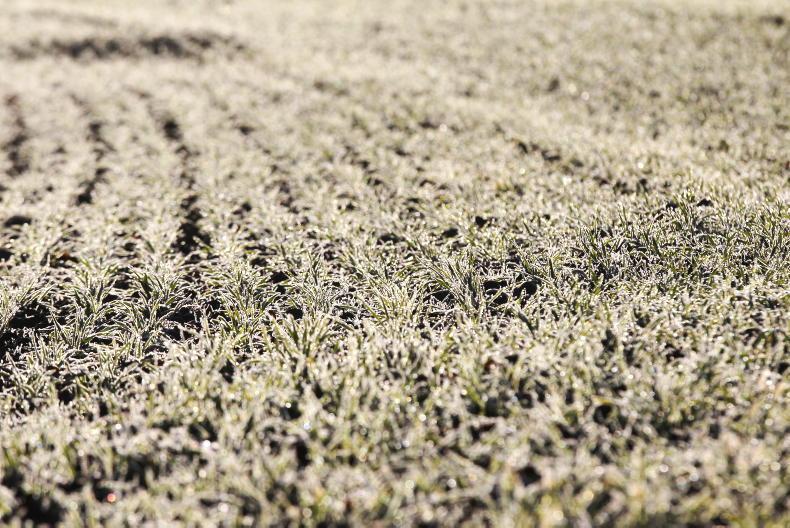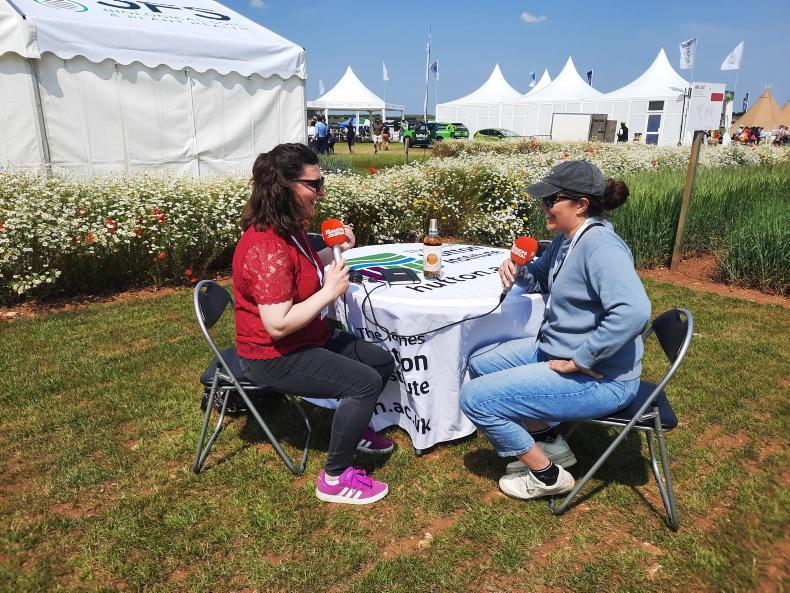Rainfall amounts were very high in many areas over the last seven days of October, with the south, southeast and midlands among the worst affected. Moorepark had 91.7mm Tuesday to Monday, Cork Airport had 85.3mm, Roches Point had 67.2mm, Johnstown Castle had 72.1mm and Mullingar had 73.3mm.
The rain is now telling too. I saw seagulls swimming in ponds in a field of winter barley on Monday and then lots of fields with blank spots where previous rainfall had killed patches of an established crop.
Ironically, there were also big spills of rain in the last week of October in 2021 and those crops did not turn out too bad. Most areas were about as wet or wetter than last year, with many recorders showing more than 200mm for the month and even one above 275mm.
Soil temperatures remain relatively high for the time of year with Met stations in the main tillage areas showing between 11.5 and 13°C on Monday last, generally 2-3°C above normal for the time of year.
One might automatically question any further planting given the volume of recent rain, but that is in the past and it is what lies ahead that matters. Land may be wet currently but a few dry days could change that again on stubble ground.
What matters most is the ease, or otherwise, with which a field can let water away and the proportion of area within a field that might hold water or show springs. Patchy crops limit yield potential and so should be avoided or minimised in this inflated cost environment.
It is not the calendar that sets the sowing date but rather the weather that follows in terms of the risk of pest damage and the level of autumn establishment and growth.
Establishment could drop back to 75-85% in these type of conditions and that is before the crows come. That means additional seed, but that could be worth the spend to have an amount of work done. At 85% establishment it takes 150 kg/ha (9.6 st/ac) to target 250 plants/m2 of 50g TGW seed. At 75% establishment this becomes 170 kg/ha (10.8 st/ac).
Some will still consider barley but most growers will look towards wheat and oats. There are always additional establishment challenges once we get to November. Slugs, crows and rabbits are potential problems and they should be factored into seeding rates. Slower establishment adds to these pressures. Also, higher seeding rates reduce establishment percentage.
All early sown crops (mid to late September) should be sprayed with aphicide soon given the perceived BYDV risk. The spread may have slowed over the past week or two but temperatures are still relatively high.
Early October emerged crops might be sprayed soon too, if you can travel, but the risk should not be as high, given the way the year is evolving.
Crops emerging now may not need an aphicide unless they are in very high-risk areas.










SHARING OPTIONS